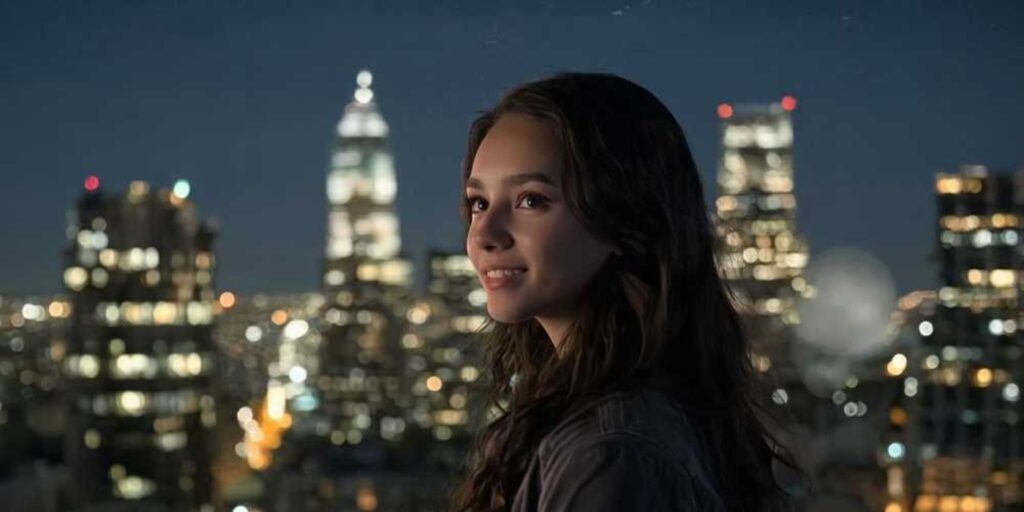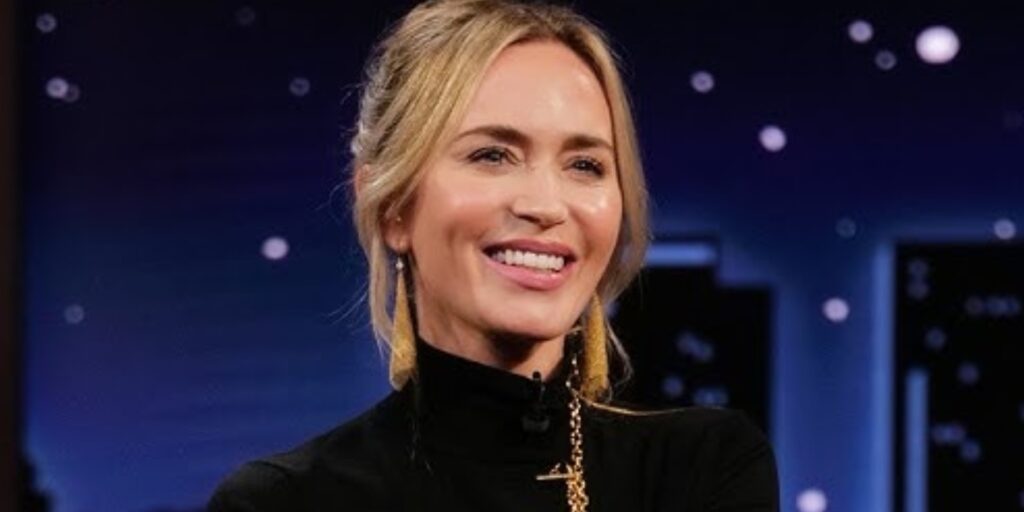The emergence of Tilly Norwood, a digitally created “actress” built by Eline Van der Velden’s AI studio, has ignited one of the fiercest debates Hollywood has seen in years. What might have begun as an experiment in synthetic creativity has now become a battleground over artistry and the soul of performance.
When Van der Velden recently claimed that talent agencies had expressed interest in “signing” Tilly, alarm bells rang across the entertainment industry. And it’s safe to say people are terrified.
SAG-AFTRA Draws A Clear Line Between Real And AI Actors

The Screen Actors Guild‐American Federation of Television and Radio Artists (SAG-AFTRA) moved swiftly and decisively. They issued a strongly worded statement to draw a clear line: artificially generated characters are not actors, and they pose a serious threat to human talent. “To be clear, ‘Tilly Norwood’ is not an actor,” the guild declared. “It’s a character generated by a computer program that was trained on the work of countless professional performers, without permission or compensation.”
Related: James Cameron Believes A Real-Life “Terminator-Style Apocalypse” Is Very Much Possible
The statement underscores not only the ethical concerns around AI harvesting but also the existential question of creative integrity. SAG-AFTRA did not mince words about what Tilly lacks. “It has no life experience to draw from, no emotion. And from what we’ve seen, audiences aren’t interested in watching computer-generated content untethered from the human experience.” In a time where actors fight for fair pay, protections, and recognition, the idea of “signing” an AI performer is viewed by many as erasure disguised as innovation.
The guild’s stance is not just philosophical; it’s contractual. They warned producers that they are not permitted to use AI-created “performers” without union consultation and negotiation. Failing to do so could constitute a breach of industry agreements. Hollywood’s reaction was swift. Van der Velden, however, insists Tilly is not intended to replace humans. In her defense, she described the AI creation as “a creative work, a piece of art,” comparing it to puppetry, animation, or CGI. “I see AI not as a replacement for people, but as a new tool, a new paintbrush,” she said.
Emily Blunt Calls Tilly Norwood ‘Terrifying’

Among the most candid celebrity reactions so far comes from Emily Blunt, who spoke about Tilly during the taping of an upcoming podcast with Variety. When she first heard about the AI “actress” and the prospect of her being signed by real agencies, Blunt’s response was immediate. She didn’t dance around the issue. She simply said: “How terrifying this is.” When shown an image of Tilly Norwood, she was stunned. “No, are you serious? That’s an AI? Good Lord, we’re screwed. That is really, really scary.”
In case you missed it: Classic Rom-Coms Moments That Haven’t Aged Well
Her concern wasn’t about technological progress; it was about connection, empathy, and artistry. “Come on, agencies, don’t do that. Please stop. Please stop taking away our human connection,” she pleaded. Blunt went on to suggest that Tilly is modeled after real stars, particularly Scarlett Johansson. “They want her to be the next Scarlett Johansson,” she said pointedly, “but we have Scarlett Johansson.”
Her words capture a deeper fear that technology isn’t just imitating artistry. When AI characters are built using features, mannerisms, and performances scraped from real actors, the line between inspiration and theft blurs. This is not just about one digital “actress.” Tilly Norwood has become a symbol of broader anxiety. There is also a matter of justice. If Tilly was “trained” on human performances without permission or compensation, then everything in the AI is built on stolen labor. That is not innovation.





